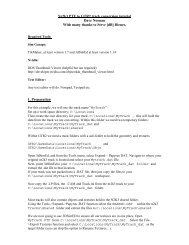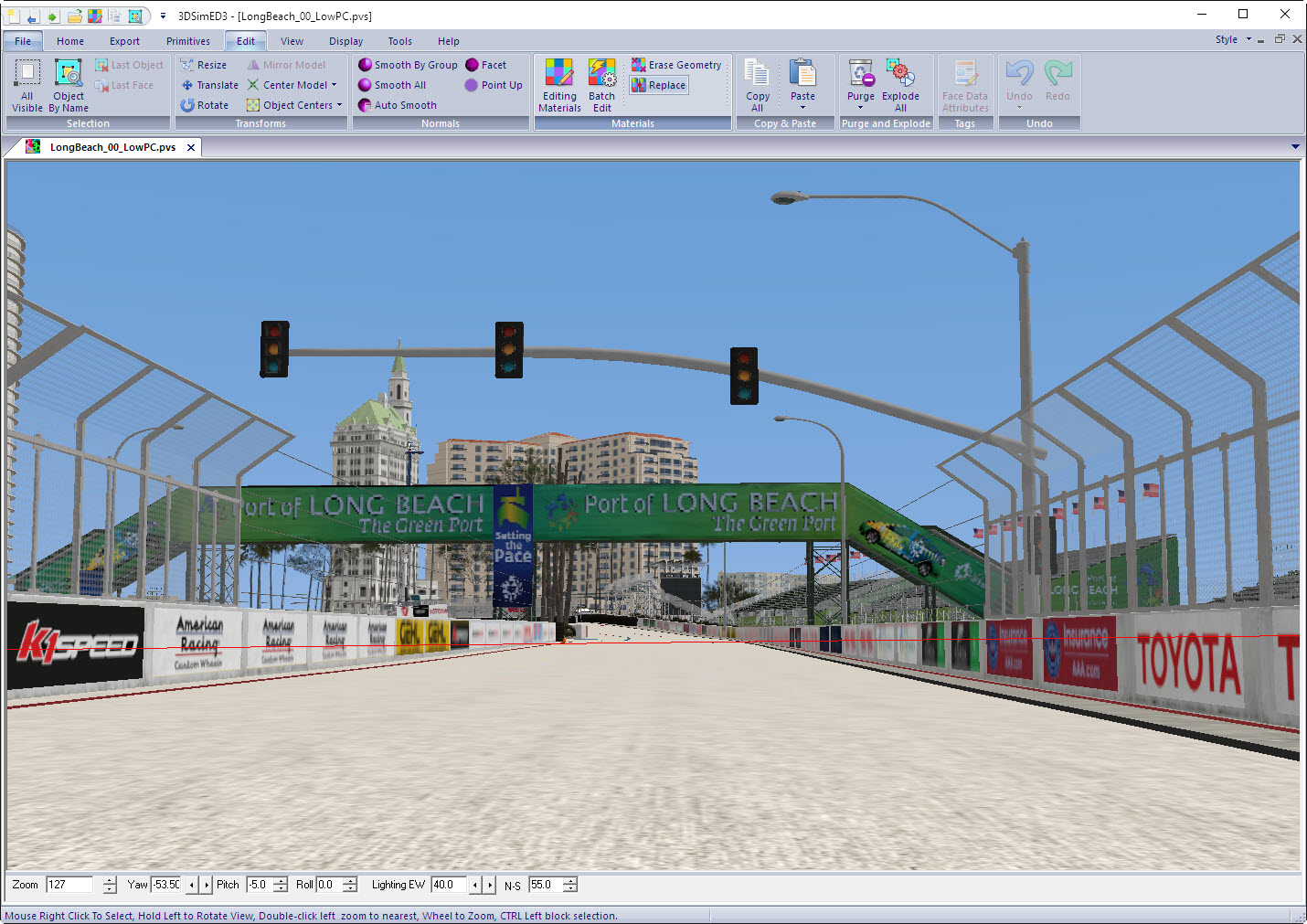


However a cube is a basic example and as the meshes get more complex so do the UV maps. If you’ve ever made a cube out of a cross of paper before, you have done the same process, only in reverse! An example of a basic UV unwrap of a cube in Autodesk 3DS Max This may seem like a confusing idea at first, but it’s really very simple. This is where UV mapping comes in, as it is the process of translating your 3D mesh into 2D information so that a 2D texture can be wrapped around it. However there is no such thing as a 3D texture, as they’re always based on a 2D image.

Now to give life to the mesh and make it look more realistic(or stylized) you want to add textures. Once the polygonal mesh has been created the next step is to “unwrap it” into a UV map. The U and V refer to the horizontal and vertical axes of the 2D space, as X, Y and Z are already being used in the 3D space. The process of creating a UV map is called UV unwrapping. That means if you buy something we get a small commission at no extra cost to you( learn more)Ī UV map is the flat representation of the surface of a 3D model used to easily wrap textures. Tips 3D Written by Thomas Denham Disclosure: This post may contain affiliate links.


 0 kommentar(er)
0 kommentar(er)
